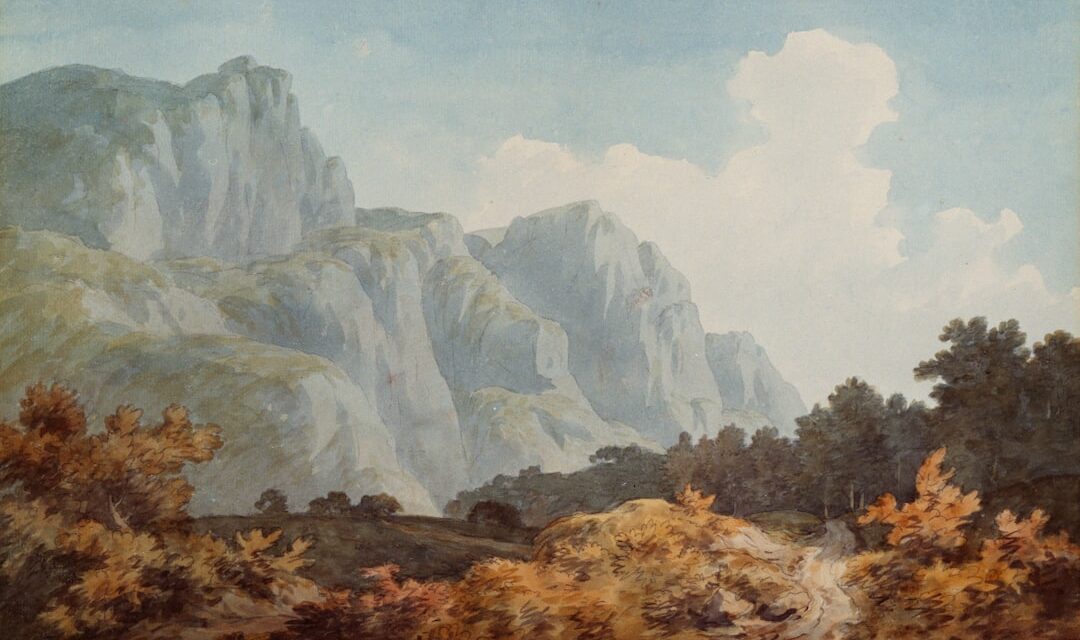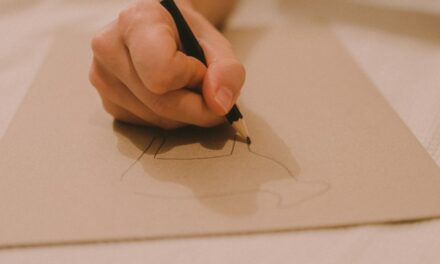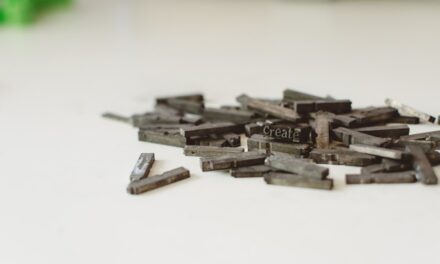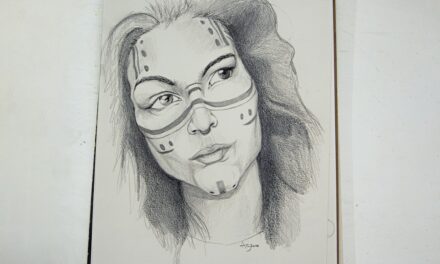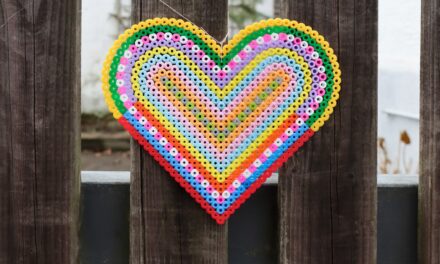The drybrush technique has a rich history that can be traced back to ancient artistic practices, where artists sought innovative ways to manipulate their materials to achieve unique effects. This method, which involves using a dry brush with minimal paint, allows for the creation of texture and depth that is often difficult to achieve with traditional painting techniques. The origins of drybrush can be linked to various cultures, including Chinese ink painting, where artists would use a dry brush to create delicate lines and subtle gradations.
This technique was not merely a stylistic choice but a reflection of the philosophical underpinnings of the time, which emphasised the importance of simplicity and the beauty of imperfection. As the centuries progressed, the drybrush technique found its way into Western art, particularly during the Renaissance and Baroque periods. Artists began to experiment with this method to enhance their works, adding a layer of realism and detail that captivated viewers.
The technique was particularly favoured in the realm of watercolour painting, where artists could create soft washes and intricate textures by manipulating the amount of water and pigment on their brushes. Over time, drybrush evolved into a versatile tool for artists across various mediums, including oil painting and acrylics, allowing for a broad spectrum of artistic expression. Today, it remains a popular technique among both traditional and contemporary artists, showcasing its enduring appeal and adaptability.
Summary
- Drybrush technique originated in China and was later popularized in the Western art world by artists like Andrew Wyeth.
- To practice drybrush technique, artists will need a dry, stiff-bristled brush, a palette, and a surface to paint on.
- The step-by-step guide to drybrush technique involves loading the brush with a small amount of paint, removing excess paint on a paper towel, and lightly dragging the brush over the surface to create texture and depth.
- Tips for achieving the best results include using a light touch, building up layers gradually, and experimenting with different brush sizes and textures.
- Common mistakes to avoid in drybrush technique include using too much paint, pressing too hard with the brush, and not allowing layers to dry before adding more paint.
Materials and Tools Needed for Drybrush
To successfully execute the drybrush technique, one must gather a specific set of materials and tools that facilitate the desired effects. The most essential item is, of course, the brush itself. A stiff-bristled brush is typically preferred, as it allows for greater control and precision when applying paint to the surface.
Brushes made from natural hair, such as hog bristle or squirrel hair, are often recommended due to their ability to hold paint while providing a textured finish. However, synthetic brushes have also gained popularity for their durability and ease of cleaning. The choice of brush ultimately depends on the artist’s personal preference and the specific effects they wish to achieve.
In addition to brushes, the type of paint used plays a crucial role in the effectiveness of the drybrush technique. Acrylics are particularly well-suited for this method due to their quick drying time and versatility. Watercolour paints can also be used effectively, especially when combined with water to create varying levels of transparency.
Oil paints, while more challenging due to their longer drying times, can yield stunning results when applied with a drybrush technique. Furthermore, artists should consider the surface on which they will be working; textured paper or canvas can enhance the effects of drybrushing by allowing the paint to catch on the surface irregularities. Ultimately, having the right combination of brushes, paints, and surfaces is essential for achieving the best results with this technique.
Step-by-Step Guide to Drybrush Technique

Embarking on a drybrush project requires a systematic approach to ensure that each step is executed with precision and care. The first step involves preparing your workspace and gathering all necessary materials. Once you have your brushes, paints, and surfaces ready, it is essential to select your colour palette thoughtfully.
Begin by squeezing out a small amount of paint onto your palette; remember that less is more when it comes to drybrushing. Next, dip your stiff-bristled brush into the paint, ensuring that you only load it lightly. Wipe off any excess paint on a paper towel or cloth; this step is crucial as it prevents the brush from becoming overly saturated.
Once your brush is adequately prepared, you can begin applying paint to your chosen surface. Start by lightly dragging the brush across the surface in short strokes, allowing the bristles to catch on any texture present. This technique creates a layered effect that adds depth and dimension to your work.
It is advisable to work in small sections at a time, gradually building up layers of colour until you achieve the desired intensity. If you find that the paint is not adhering as you would like, consider adjusting your technique by varying the angle at which you hold the brush or changing the pressure applied during application. As you progress, take time to step back and assess your work from a distance; this will help you gauge how well the drybrush effect is coming together.
Tips and Tricks for Achieving the Best Results
To master the drybrush technique, artists can benefit from several tips and tricks that enhance their overall experience and results. One key piece of advice is to practice patience; achieving the perfect drybrush effect often requires multiple layers and careful observation. It is essential to allow each layer to dry before applying additional strokes or colours, as this prevents muddying and maintains clarity in your work.
Additionally, experimenting with different brush sizes can yield varied results; larger brushes can cover more area quickly while smaller brushes allow for intricate detailing. Another useful tip is to incorporate contrasting colours into your palette strategically. By layering different hues using the drybrush technique, artists can create dynamic visual interest in their pieces.
For instance, applying a lighter colour over a darker base can produce striking highlights that draw attention to specific areas of the artwork. Furthermore, consider using different surfaces for experimentation; textured surfaces can enhance the drybrush effect by allowing paint to adhere unevenly, creating an organic feel that adds character to your work. Ultimately, embracing experimentation and remaining open to new ideas will lead to more successful outcomes in mastering this versatile technique.
Common Mistakes to Avoid in Drybrush Technique
While mastering the drybrush technique can be rewarding, there are several common pitfalls that artists should be aware of in order to avoid frustration and subpar results. One prevalent mistake is overloading the brush with paint; this can lead to a saturated application that defeats the purpose of drybrushing. To counteract this issue, artists should always start with a minimal amount of paint on their brush and gradually build up layers as needed.
Additionally, failing to clean brushes properly between colour applications can result in unwanted mixing and muddy colours; it is crucial to wipe brushes thoroughly on a paper towel or cloth before switching colours. Another common error is neglecting surface preparation; working on an unsuitable or improperly primed surface can hinder the effectiveness of drybrushing. For instance, using a slick or glossy surface may prevent paint from adhering properly, leading to disappointing results.
Artists should ensure that their chosen surface is appropriate for their medium and adequately prepared before beginning their work. Lastly, many artists underestimate the importance of stepping back from their work periodically; failing to do so can result in an imbalanced composition or an inability to see areas that require further refinement. By being mindful of these common mistakes, artists can enhance their proficiency in the drybrush technique.
Exploring Different Styles and Approaches in Drybrush

Exploring Textured Realism
Artists who specialise in this style often find themselves drawn to subjects like landscapes or animals, where texture plays a significant role in conveying realism. Conversely, some artists may choose to adopt a more abstract approach when utilising drybrush techniques. In this context, drybrushing becomes a means of exploring colour relationships and gestural marks rather than focusing on representational accuracy.
Abstract Interpretations
By applying bold strokes or layering contrasting colours without concern for realism, artists can create dynamic compositions that evoke emotion and provoke thought. This abstract interpretation allows for greater freedom in expression and encourages experimentation with colour theory and composition principles.
Endless Possibilities
Ultimately, whether an artist leans towards realism or abstraction, the drybrush technique offers endless possibilities for creative exploration.
Famous Artists Known for Using Drybrush Technique
Throughout art history, several renowned artists have embraced the drybrush technique as an integral part of their creative process. One notable figure is Andrew Wyeth, an American painter celebrated for his realistic depictions of rural life and landscapes. Wyeth often employed drybrushing in his watercolour works to capture intricate details in his subjects while maintaining an ethereal quality that characterises much of his oeuvre.
His ability to manipulate light and shadow through this technique has left an indelible mark on contemporary realism. Another prominent artist known for his use of drybrush is Jean-Baptiste-Siméon Chardin, an 18th-century French painter renowned for his still-life compositions and genre scenes. Chardin’s mastery of texture and form was greatly enhanced by his adept use of drybrushing techniques in oil painting.
His works often feature rich colour palettes combined with subtle tonal variations achieved through careful layering and application methods reminiscent of drybrushing. These artists exemplify how diverse interpretations of the drybrush technique can lead to remarkable outcomes across different styles and periods.
The Contemporary Relevance of Drybrush in Artistic Practice
In today’s rapidly evolving art world, the relevance of the drybrush technique remains steadfast as artists continue to explore its potential across various mediums and styles. Contemporary practitioners have adapted traditional methods to suit modern sensibilities, incorporating digital tools alongside traditional materials to create hybrid works that challenge conventional boundaries. For instance, some artists utilise digital software to simulate drybrushing effects while others combine physical painting with digital enhancements, resulting in innovative pieces that reflect contemporary themes.
Moreover, workshops and online tutorials dedicated to teaching drybrush techniques have proliferated in recent years, making this method accessible to aspiring artists worldwide. Social media platforms have also played a significant role in fostering communities where artists share their experiences and techniques related to drybrushing. This exchange of ideas not only promotes skill development but also encourages collaboration among artists from diverse backgrounds and disciplines.
As such, the drybrush technique continues to thrive within contemporary artistic practice, proving its enduring significance as both a technical skill and a means of creative expression.
For those intrigued by the drybrush technique and seeking further exploration into the realms of artistic methods and their historical contexts, a related article worth reading is An Introduction to the Artist Jean-Francois Millet. This article delves into the life and works of Millet, a pivotal figure in the Barbizon school, known for his profound influence on subsequent generations of artists, including the Impressionists. Understanding Millet’s approach and techniques provides a broader perspective on the evolution of painting styles, which complements the study of specific techniques like drybrush.
